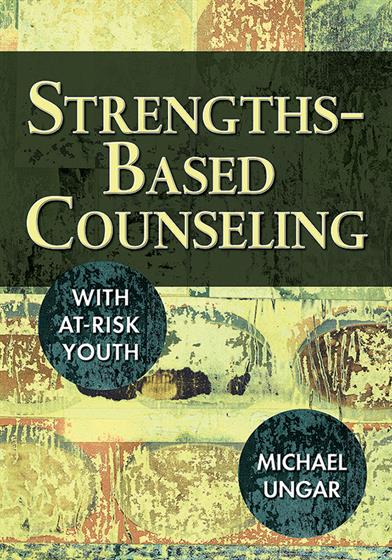Hands-on, Practical Guidance for Educators
From math,
literacy, equity, multilingual learners, and SEL, to assessment, school counseling,
and education leadership, our books are research-based and authored by experts
on topics most relevant to what educators are facing today.

Bestseller!
Strengths-Based Counseling With At-Risk Youth
By:
Michael Ungar
Identify and promote the overlooked strengths of at-risk youth to cultivate their hidden resilience.
This lively and engaging book offers a positive approach to preventing individual and schoolwide tragedy through respectful and realistic counseling interventions. Innovative, compassionate methods can be found in:
- Six strategies for youth engagement, covering common problem behaviors such as drug use, violence, delinquency, and promiscuity
- An entire chapter on bullying
- An abundance of real-life examples and counseling narratives
- A Resilient Youth Strengths Inventory to assess and identify areas that need strengthening
Product Details
- Grade Level: PreK-12
- ISBN: 9781412928205
- Published By: Corwin
- Year: 2006
- Page Count: 144
- Publication date: April 26, 2006
Review Copies
This book is not available as a review copy.


